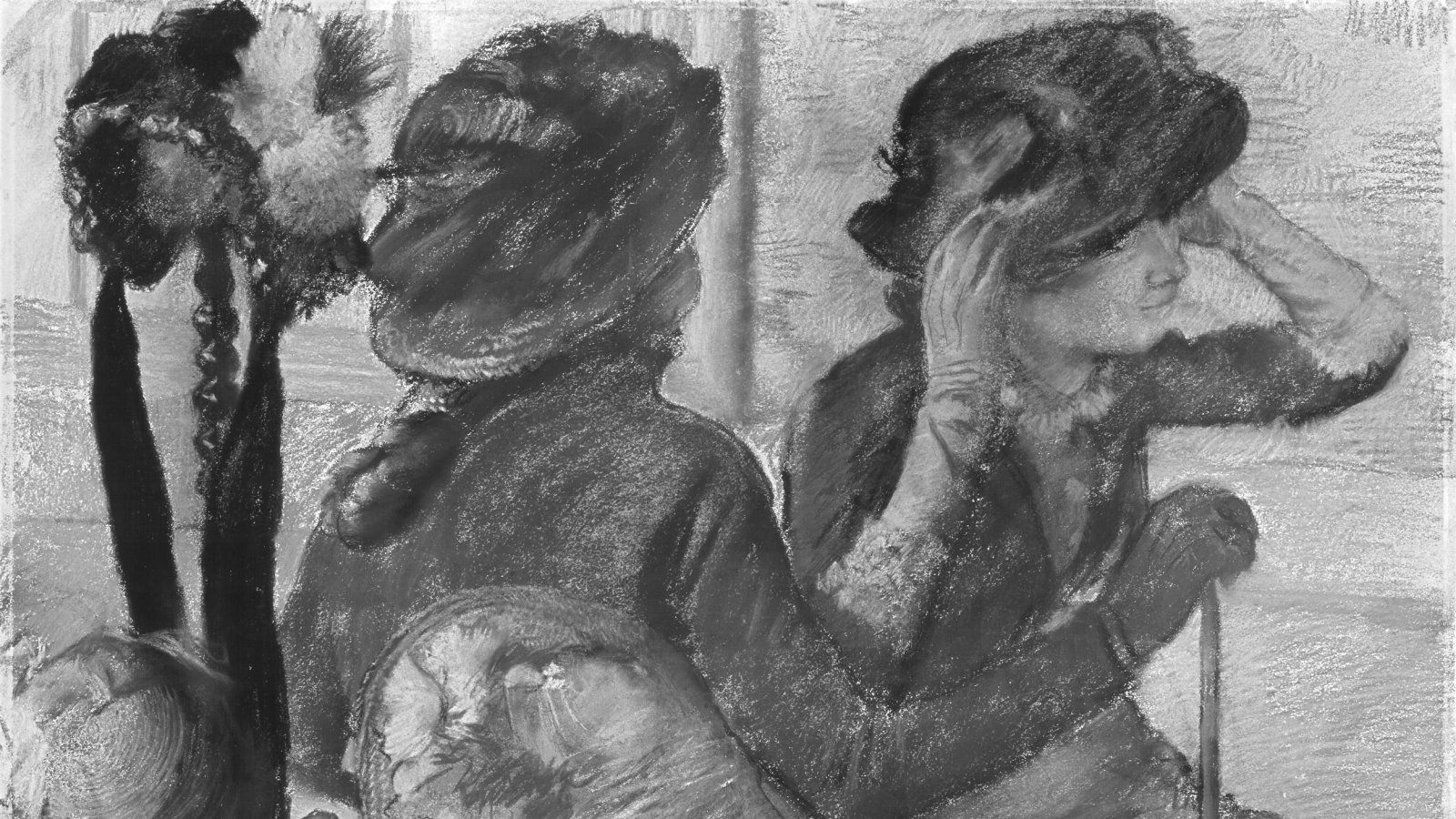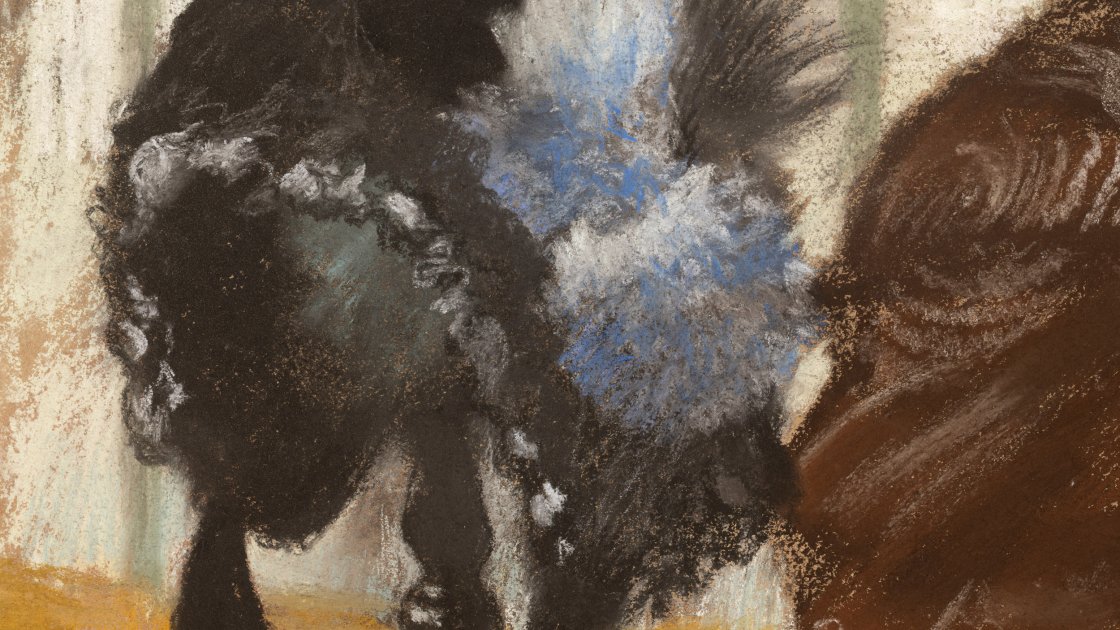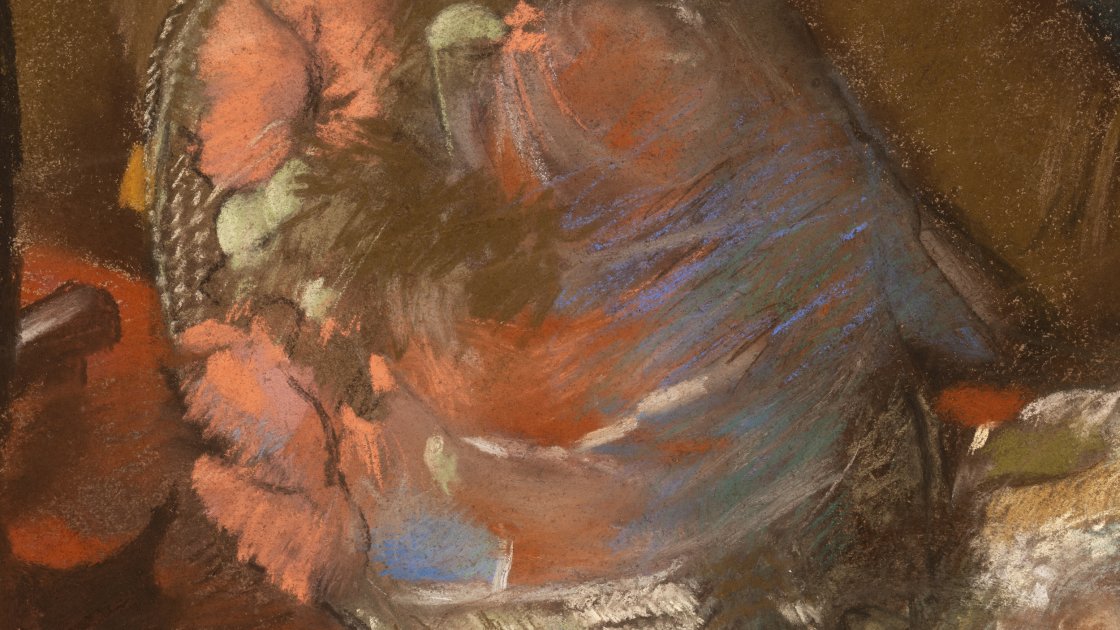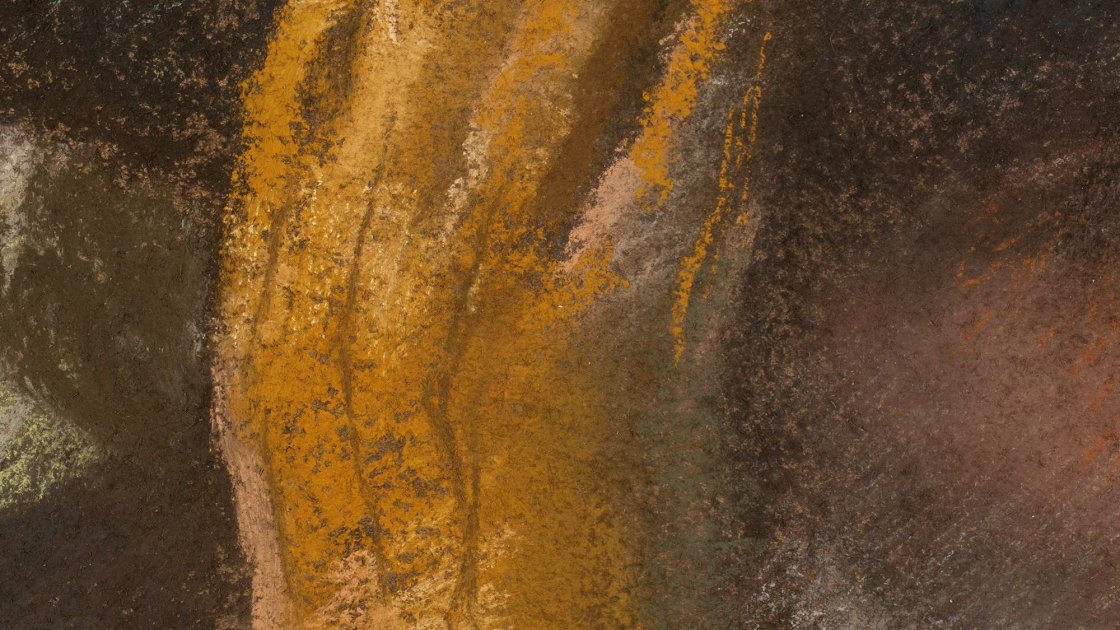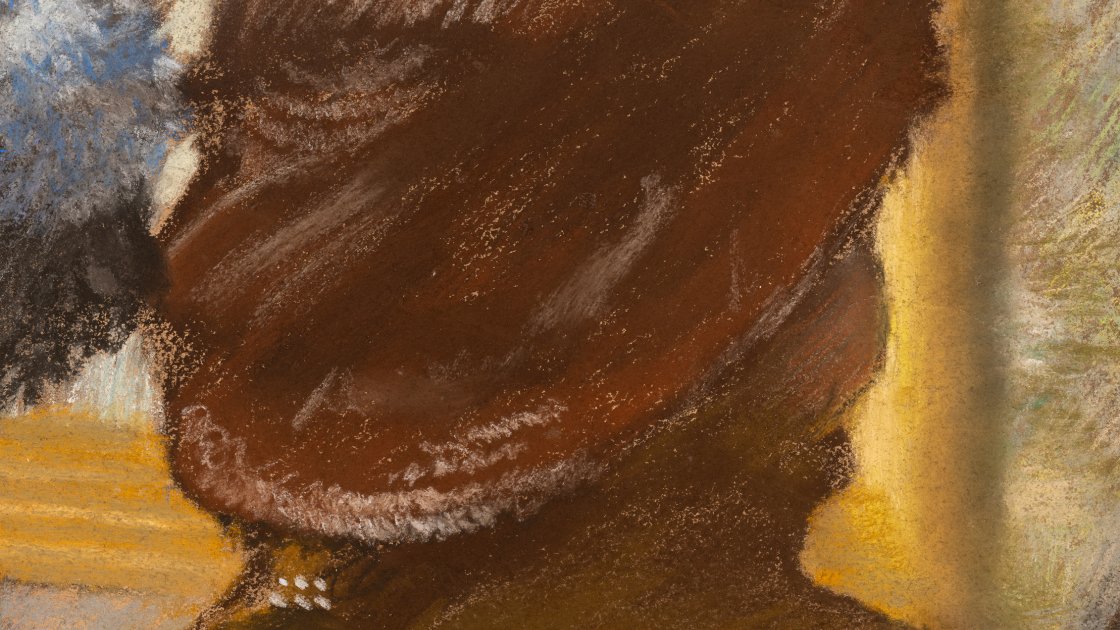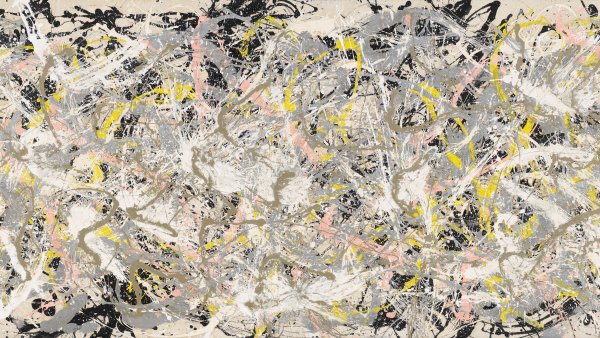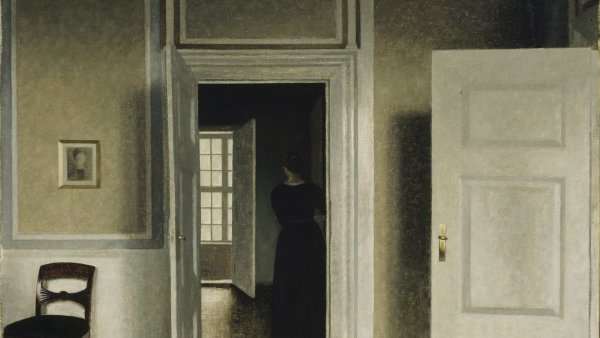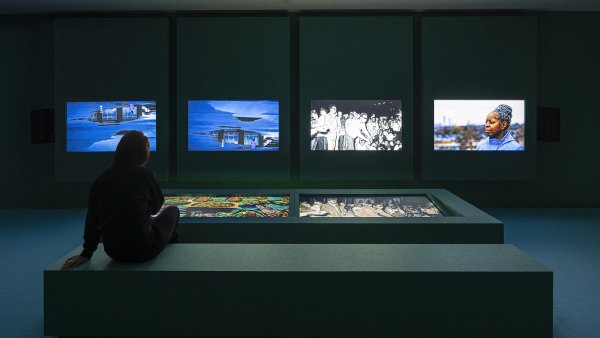The museum’s Restoration and Conservation Department has spent over a year conducting a technical study of Edgar Degas’s At the Milliner’s made possible by the patronage of the Fundación María Cristina Masaveu Peterson.
The aim of this work was to gain an overall understanding of the pastel technique used by Degas and to study this picture, painted in 1882, in greater depth using infrared reflectography, X-radiography, macro photography and laboratory analysis. This advanced technology has enabled us to identify the materials used and assess their state of conservation.
This special display is designed to share the results of our research with viewers to enrich their knowledge of this complex artist’s working methods.
- Mondays: 12.00 - 16.00 (free access thanks to the sponsorship of Mastercard)
- From Tuesday to Sunday: 10.00 - 19.00
24 and 31 December: 10.00 - 15.00
25 December and 1 January: museum closed.
Related content

For this work “At the Milliner’s”, Degas used a semi-industrially mounted support consisting of an ordinary paperboard base some 7 mm thick, reinforced on both sides with turquoise or blue-green paper.
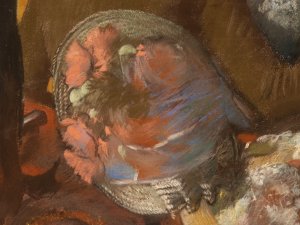
The pastel is superbly executed “At the Milliner’s”. Degas recreates the different textures of the hats and the women’s clothing, in which feathers, flowers and raffia are distinguishable, in a lively and vibrant manner using these coloured sticks. We can also see how the colours are applied in various layers without mixing, even though our eyes perceive them to be blended.
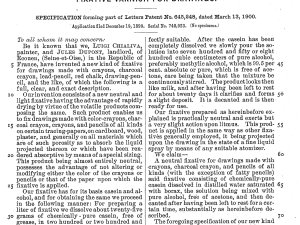
Underlying the technique employed in Edgar Degas’s At the Milliners is an unprecedented formula. The artist sought to master the pastel medium by creating successive layers of colour, transparencies and contrasts. To achieve this, he needed a fixative that would allow him to work without smudging the colours. But there was a problem... he did not like the fixatives available on the market because they altered the tones.
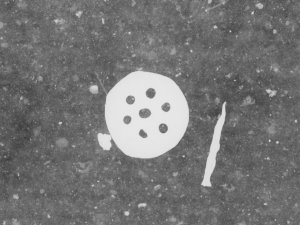
X-radiography detected a very curious element trapped in this work: a button.
In the nineteenth century paperboards were produced using a coarse wood pulp. The mixture could contain traces of other materials such as cloth, esparto grass, straw, or even fishing nets.


